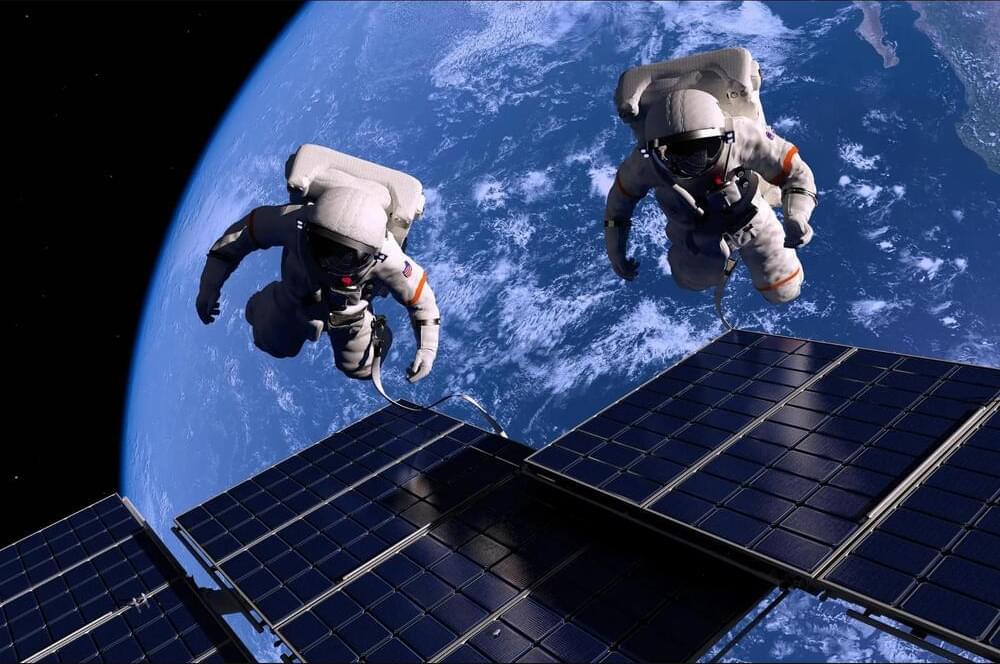Furthermore, the synergy between educational programs, cultural influences and the tangible benefits derived from space exploration not only enriches our present-day society but also ensures a legacy of continuous innovation and exploration. This ongoing engagement with space inspires future generations to look beyond our planetary boundaries and consider what might be possible in the broader cosmos.
Space exploration presents significant challenges, including costs, astronaut health risks and technological hurdles for interstellar travel. Ethical and legal considerations regarding space colonization, resource utilization and celestial environmental impact require careful consideration and international cooperation.
While Silicon Valley visionaries envision a future among the stars, other voices remind us of our responsibilities to Earth. These are not mutually exclusive goals. By leveraging advancements and opportunities from space exploration, we can better protect and enhance life on Earth. Through economic benefits, scientific advancement and social inspiration, space exploration remains a crucial endeavor for humanity, not as an escape from our problems, but as a way to expand our horizons and solve them on our home planet.






